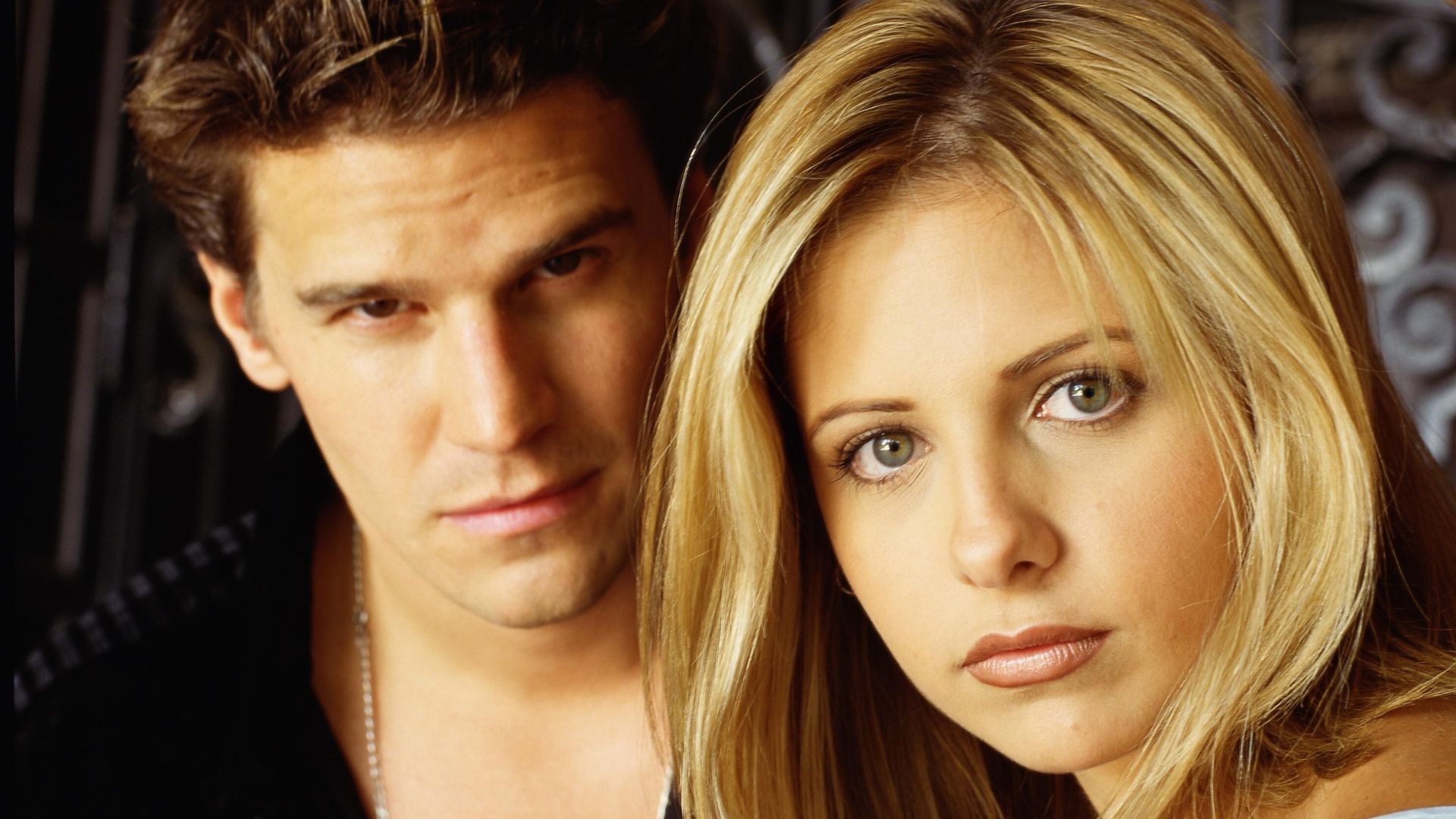
Even though Buffy the Vampire Slayer remains a truly great fantasy show, some of its elements haven’t aged as well and have been improved upon in later series. Buffy was innovative for its time, flipping the typical monster story by having demons and vampires run from the teenage heroine, instead of the other way around.
Sarah Michelle Gellar became a horror TV icon thanks to her role as Buffy Summers, and the show Buffy the Vampire Slayer was groundbreaking for its use of an ensemble cast. While many episodes are considered classics, some wouldn’t be made today due to improvements in areas like special effects and a more sensitive approach to representing LGBTQ+ characters.
5. Stranger Things (2016-2025)

Buffy the Vampire Slayer proves that you don’t need a huge budget to make a fantastic show – creativity is key! The series featured truly scary villains, like the Gentlemen, and impressive practical effects for its time. While Stranger Things had a much larger budget and visually striking monsters, Buffy still holds its own.
Many of the creatures and villains in Buffy the Vampire Slayer symbolized different kinds of human suffering. For example, in the episode “Out of Mind, Out of Sight,” a character named Marcie Ross actually becomes invisible because she feels unloved and overlooked. Similarly, the episode “Gingerbread” remains powerful today as a representation of how society sometimes unfairly targets vulnerable groups while claiming to be protecting children.
The main villain in Stranger Things, Vecna, is a strong symbol of depression and hopelessness. He’s different from the typical weekly monsters in shows like Buffy; instead, he’s a constant, overarching threat – something that becomes clearer when you rewatch the series, noticing his clock sound at key moments. Vecna specifically targets characters who are already battling with their mental health, culminating in a particularly impactful scene with Max, considered one of the most powerful moments in fantasy television.
While teamwork is a major part of Buffy the Vampire Slayer, the scene where Max’s friends attempt to rescue her from Vecna in Stranger Things powerfully represents the struggle against suicide. Both shows aren’t afraid to deal with difficult topics, but Max’s rescue was particularly well done and impactful.
4. Good Omens (2019-Present)
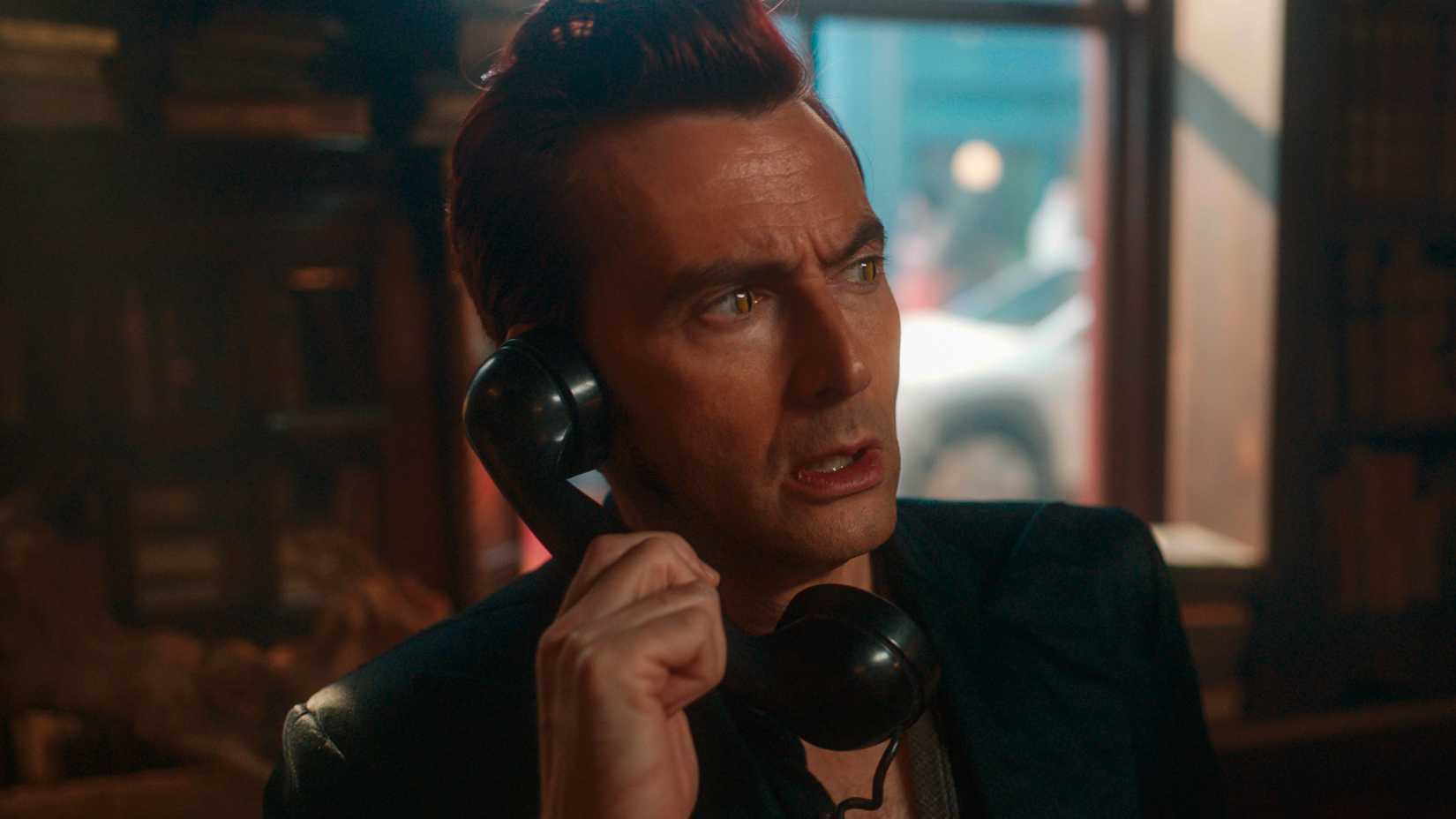
The TV series Good Omens closely follows the novel by Neil Gaiman and Terry Pratchett. Though Gaiman’s reputation has suffered recently, Pratchett is still highly regarded for his skill at blending humor, social issues, and fantasy. The show centers on a demon and an angel who unexpectedly team up to try and prevent the end of the world.
Although Buffy innovated the horror genre, the show generally followed a predictable pattern because of its high school setting – Buffy would defeat monsters and then navigate typical teen problems. Good Omens, on the other hand, constantly surprised viewers with its unpredictable plot. While some might prefer Buffy‘s more familiar structure, Good Omens offers a different kind of appeal.
Aziraphale and Crowley have existed since the beginning of time – Aziraphale as an angel and Crowley as a demon. Over millennia, they’ve developed a unique relationship, supporting each other through countless challenges, even though both Heaven and Hell disapprove. They’re equals, and consistently watch out for one another.
Many Buffy fans have likely noticed that the romance between Buffy and Angel doesn’t feel as strong now as it once did. While the idea of a centuries-old vampire trying to control his darker side for a teenage girl seemed romantic in the 90s, the relationship between Crowley and Aziraphale – a demon and an angel – is actually much more balanced and fulfilling.
3. The Good Place (2016-2020)
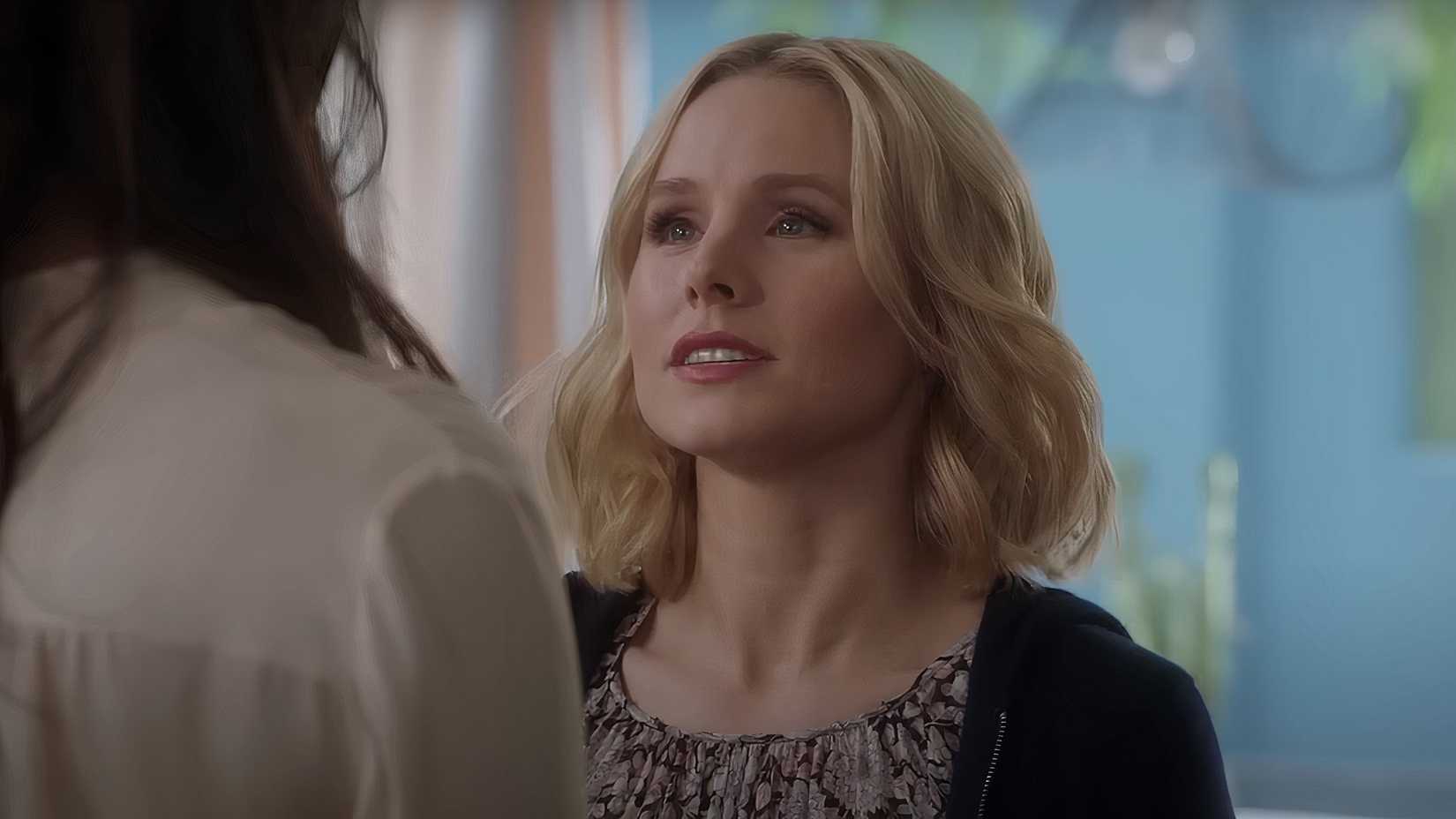
Buffy almost transformed Xander into a villain on two occasions, which isn’t surprising considering he was the Scooby Gang’s weakest member. Unlike the other main characters who grew stronger by discovering their abilities, Xander didn’t develop much as a character, even though he was in 143 episodes. While the show had a fantastic supporting cast, Xander was frequently underestimated and often let the team down.
Successful shows with a group of main characters usually work because each person contributes a unique talent or positive quality. The Good Place does this exceptionally well. While each character has significant flaws, they all possess the capacity for goodness, which develops as the story unfolds. This makes us genuinely invested in their journeys, unlike in some shows where certain characters fade into the background.
While the characters in The Good Place could be frustrating – Chidi’s inability to make decisions and Tahani’s focus on appearances often held them back – these flaws were intentional. The show was all about personal growth, and it succeeded, earning a very positive 97% score on Rotten Tomatoes.
While Buffy the Vampire Slayer was groundbreaking for its time and included representation that was rare in 1990s television, its cast was almost entirely white. The Good Place, on the other hand, features a much more diverse group of characters and explores a wider range of human experiences. Despite tackling similar themes and delivering comparable messages to Buffy, it’s a show that goes further in its depth.
2. Xena: Warrior Princess (1995-2001)
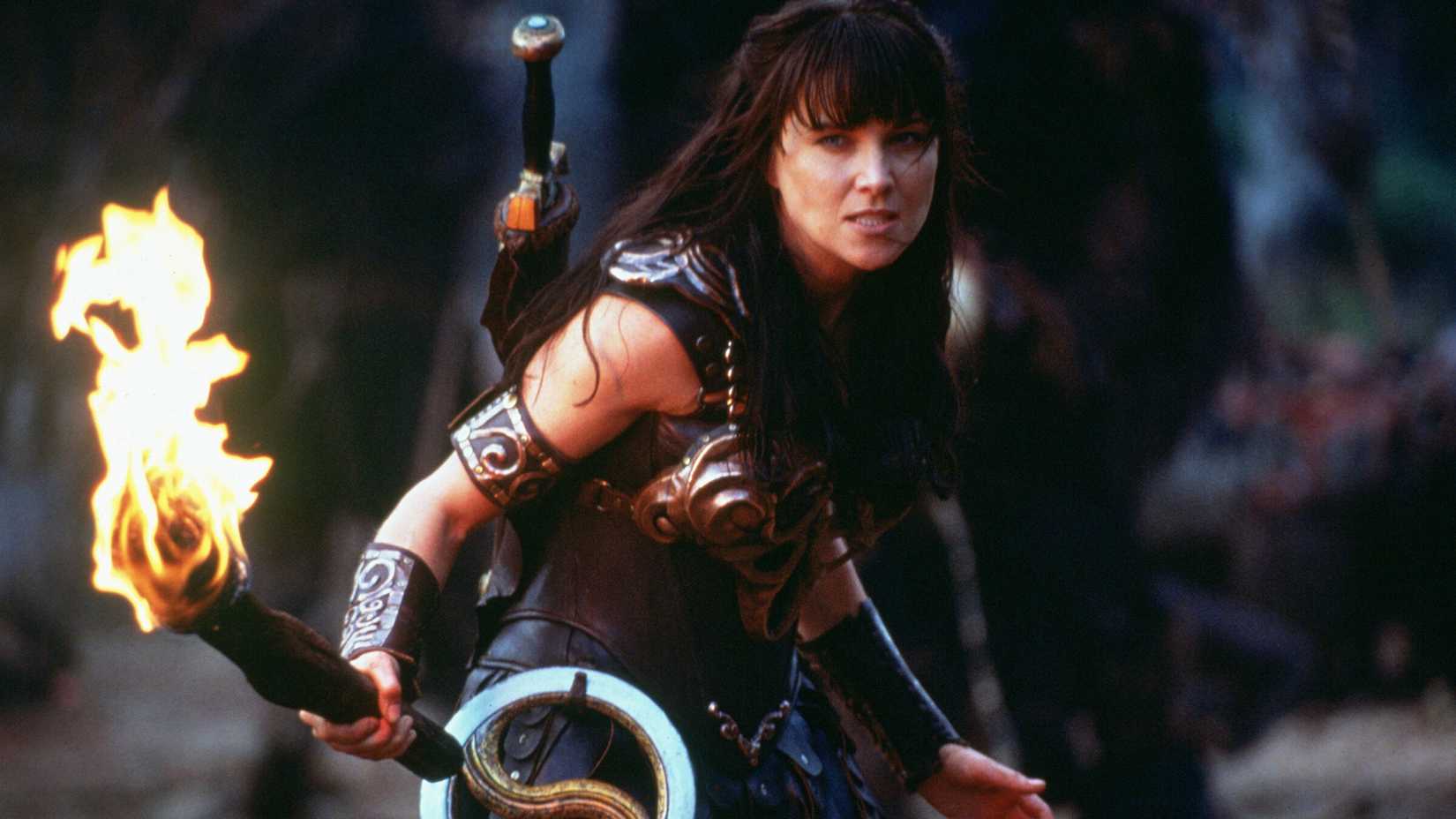
The 1990s featured a wave of strong female characters in television, leading to more complex and well-developed roles, particularly in action and fantasy shows. While Buffy the Vampire Slayer is the most famous example, many other shows with female leads appeared around the same time. Buffy‘s popularity, however, often meant these other series, like Xena: Warrior Princess, didn’t receive as much attention.
Both Buffy and Xena defied expectations for female characters in television. While Buffy flipped traditional horror tropes, Xena was a complex warrior princess haunted by her past. She wasn’t simply a hero, but a flawed character striving for redemption by helping others, making her journey more similar to that of Angel than Buffy.
Xena’s story was unique because it gave a traditionally male character’s journey to a woman. Both she and Buffy were skilled fighters, but Buffy maintained a distinctly teenage appearance. While this could be seen as empowering – demonstrating that strength doesn’t require a stereotypical warrior look – it also points to a lack of diverse representation in 1990s media.
Many TV shows from the 1990s featuring female fighters still emphasized a traditionally feminine appearance for those characters. However, because Xena: Warrior Princess began as a spin-off of Hercules: The Legendary Journeys, Xena was portrayed as a genuinely strong and capable warrior. Although Xena also had a romantic relationship with Gabrielle, her character wasn’t defined by it, unlike in Buffy the Vampire Slayer, where romantic interests frequently drove the main storylines.
1. Wynonna Earp (2016-2021)
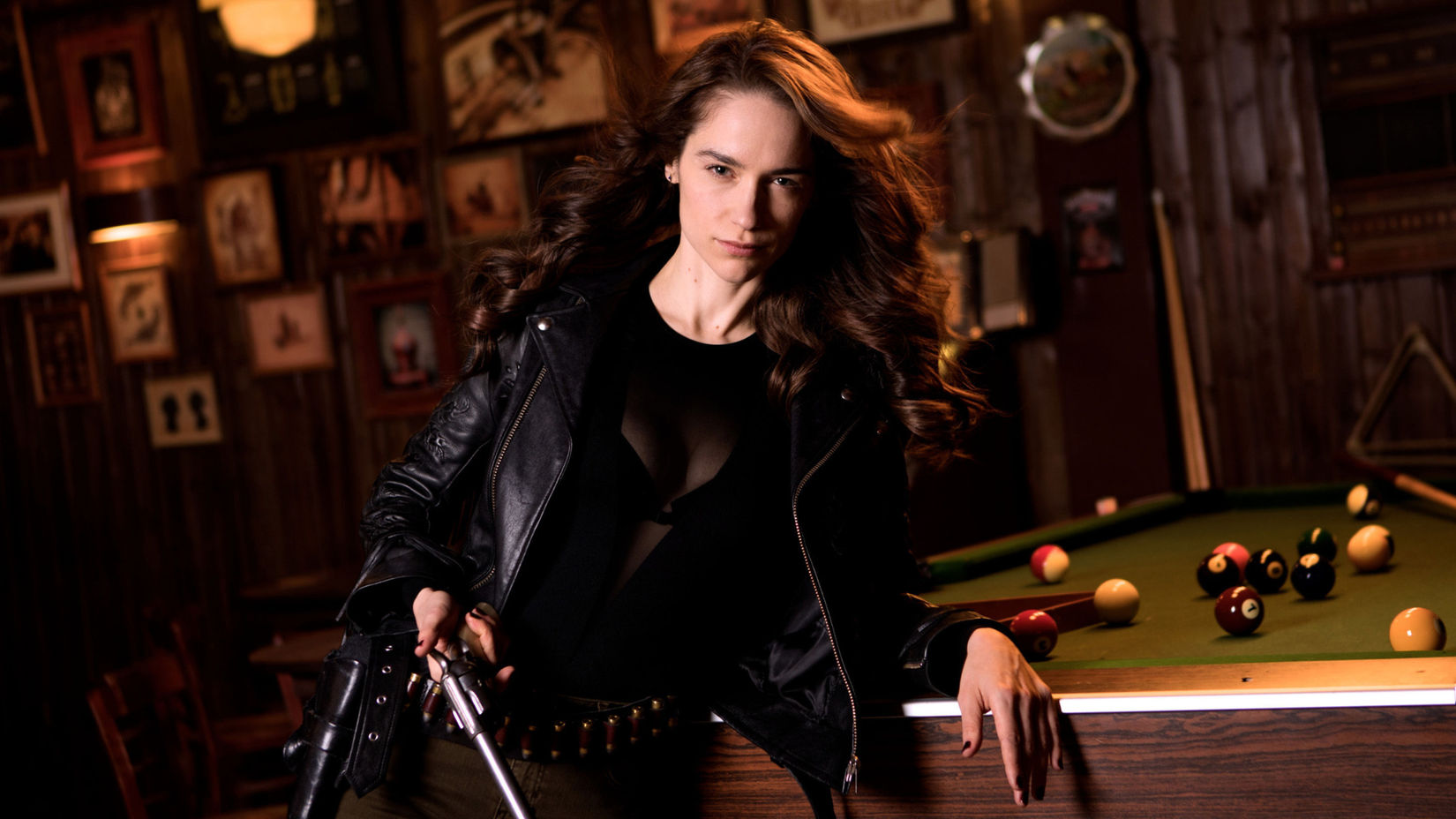
As a critic, I have to say Buffy the Vampire Slayer really captured the spirit of the ’90s, but it wasn’t without its issues. One particular problem caused a huge reaction from fans, and it speaks to a bigger trend we saw on television for a long time. It’s called the “bury your gays” trope – basically, LGBTQ+ characters would be killed off shortly after coming out or finding happiness in a relationship. A really painful example of this happening was Tara’s death, and it’s something the show is still discussed for today.
As a huge fan of Buffy, I always thought Tara and Willow had the most genuinely sweet and compelling romance on the show. It was genuinely heartbreaking when Tara died, and it definitely kicked off the dramatic ‘dark Willow’ arc. But looking back, I think killing off a character who represented such a rare and positive same-sex relationship was a misstep. Years later, Wynonna Earp gave us a relationship that felt much more earned and satisfying, and honestly, it felt like the representation we should have gotten all along.
The TV show Wynonna Earp shares similarities with Buffy the Vampire Slayer, particularly in its strong female lead. Wynonna’s job is to banish the ghosts of outlaws killed by her famous ancestor, Wyatt Earp. A central and important storyline involves the romantic relationship between Wynonna’s half-sister, Waverly, and Nicole, and the show’s creator, Emily Andras, assured viewers they would make it through together.
Similar to how Tara died, Nicole is shot, but she survives thanks to a bulletproof vest. Though Wynonna Earp features many deaths and difficult scenes, Nicole and Waverly have a happy and complete relationship, ultimately getting married. While Willow and Tara’s relationship was groundbreaking, Nicole and Waverly represent a more hopeful and satisfying portrayal of love between two women.
Read More
- Zerowake GATES : BL RPG Tier List (November 2025)
- Clash Royale codes (November 2025)
- The Shepherd Code: Road Back – Release News
- LINK PREDICTION. LINK cryptocurrency
- Gold Rate Forecast
- Best Assassin build in Solo Leveling Arise Overdrive
- It: Welcome to Derry’s Big Reveal Officially Changes Pennywise’s Powers
- A Strange Only Murders in the Building Season 5 Error Might Actually Be a Huge Clue
- How to change language in ARC Raiders
- When You Can Stream ‘Zootopia 2’ on Disney+
2025-11-01 19:00